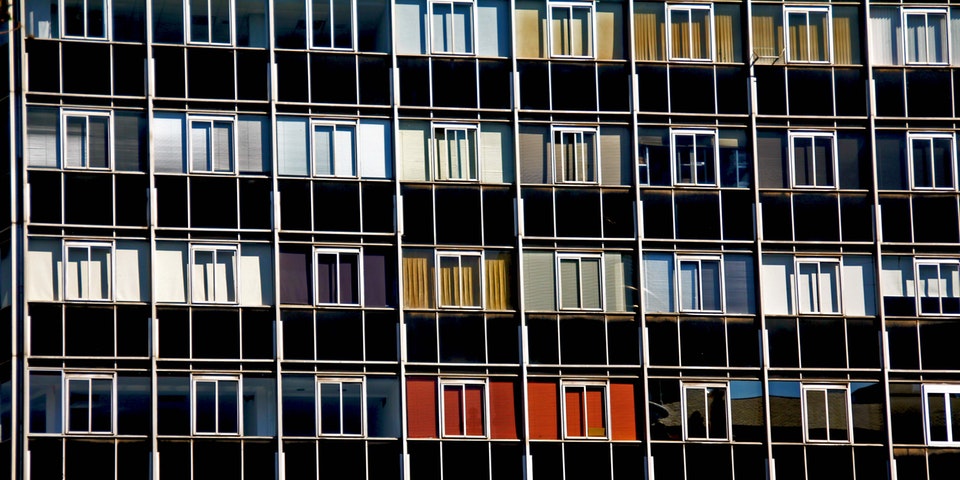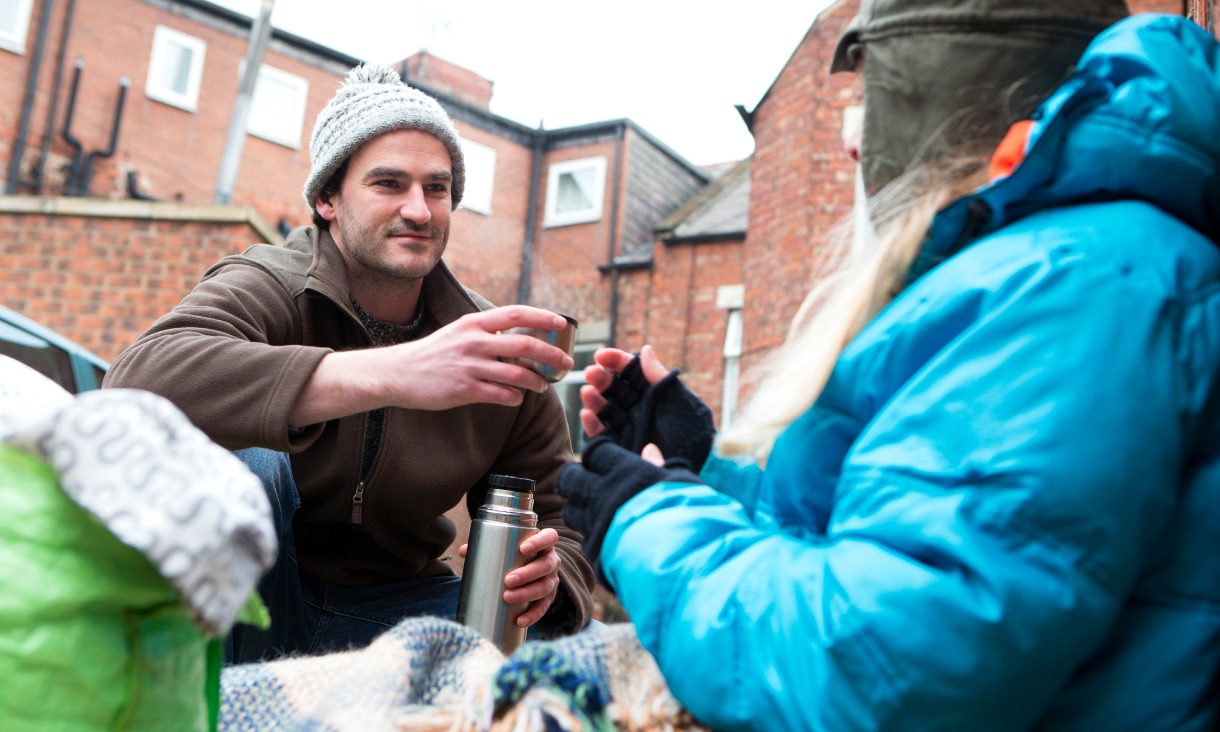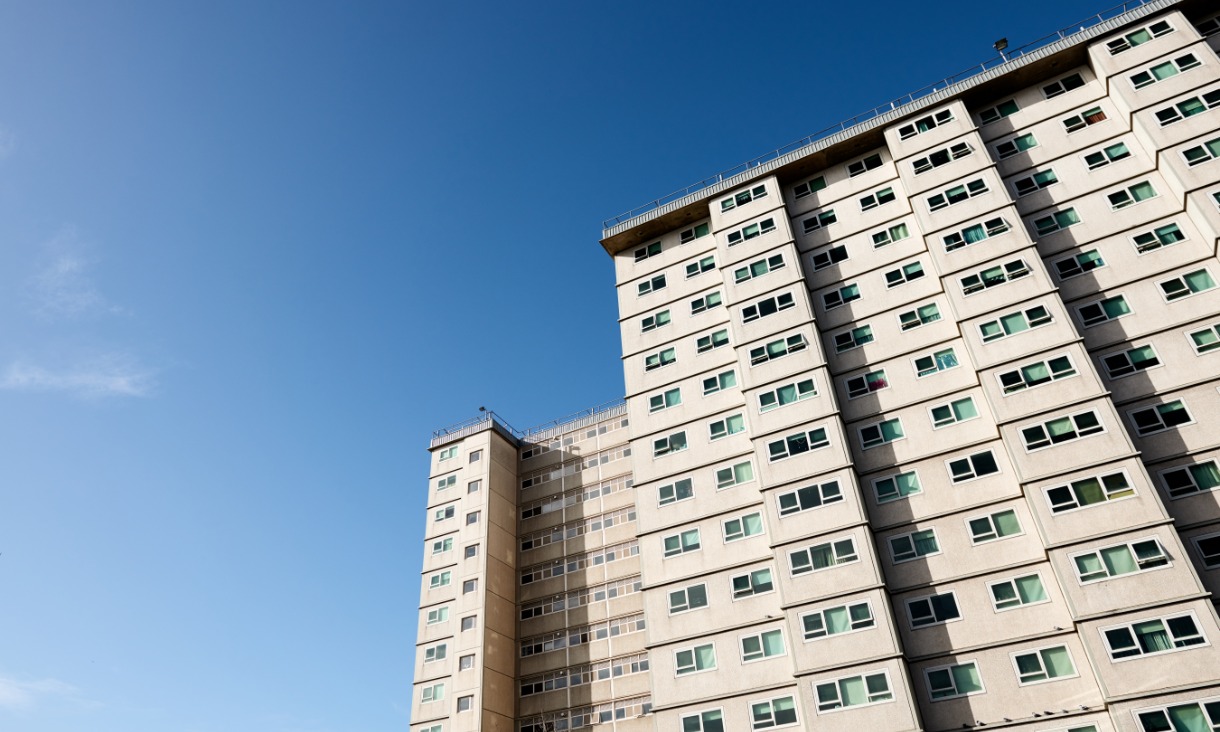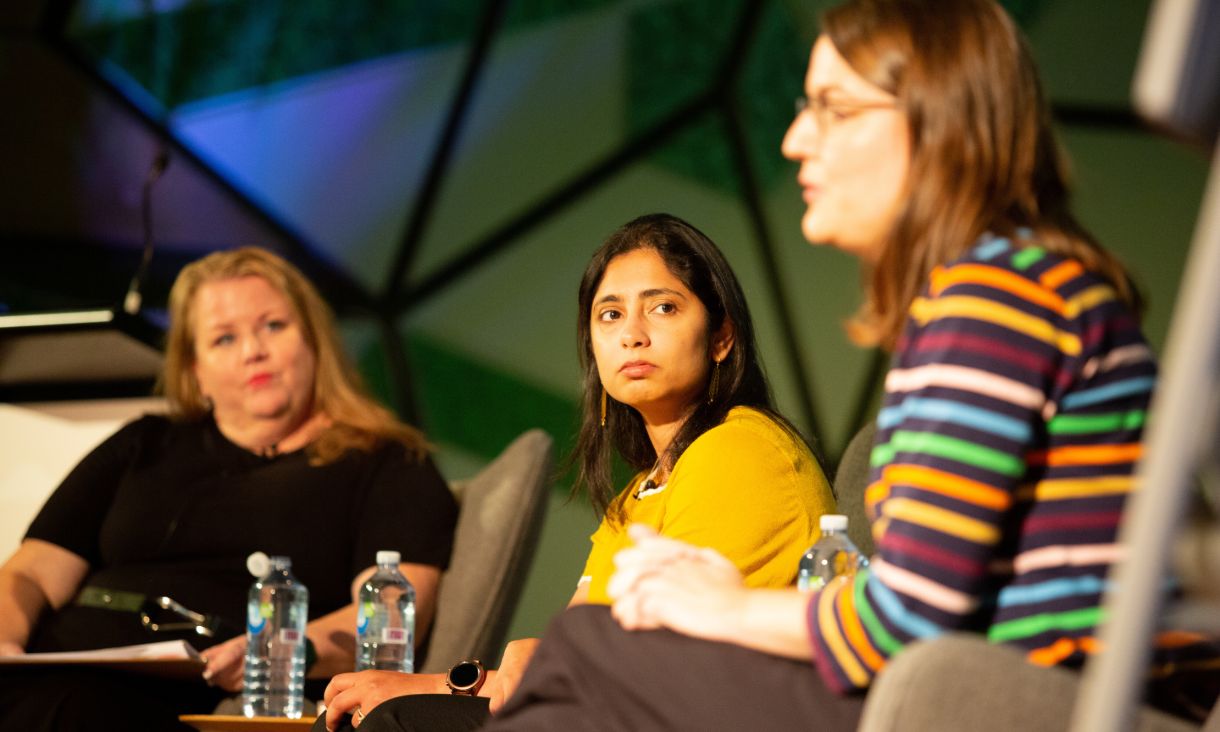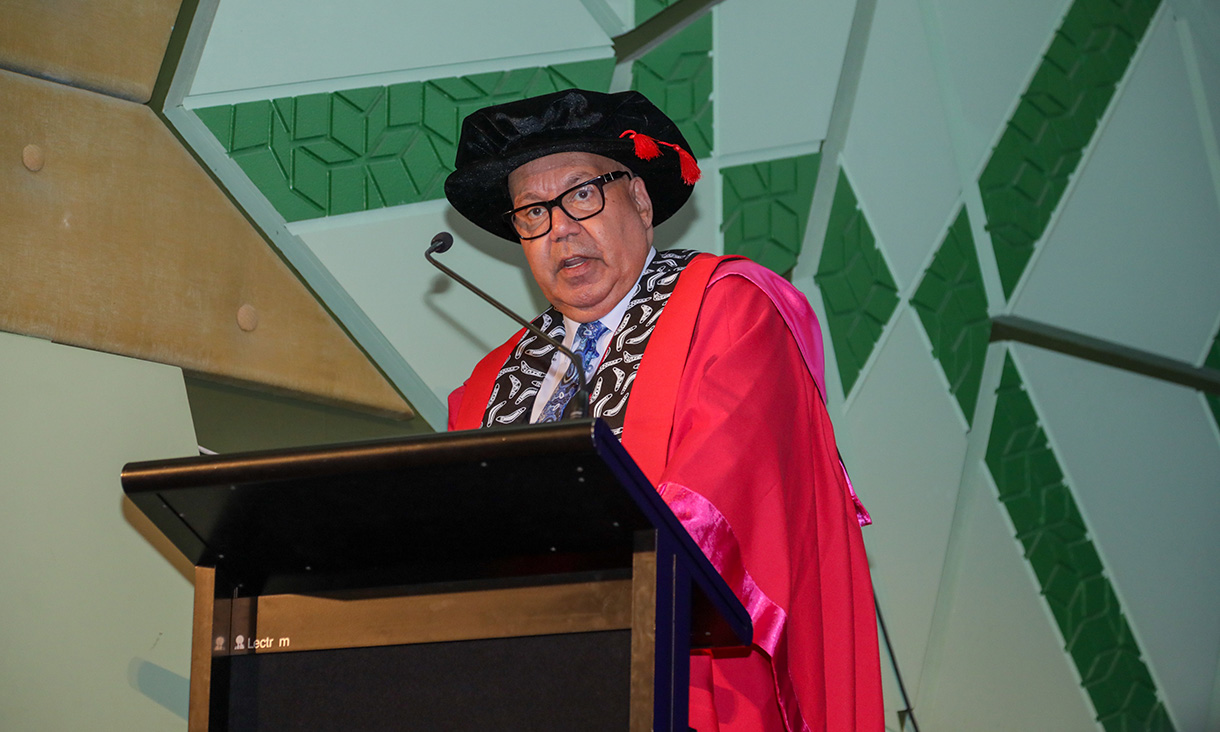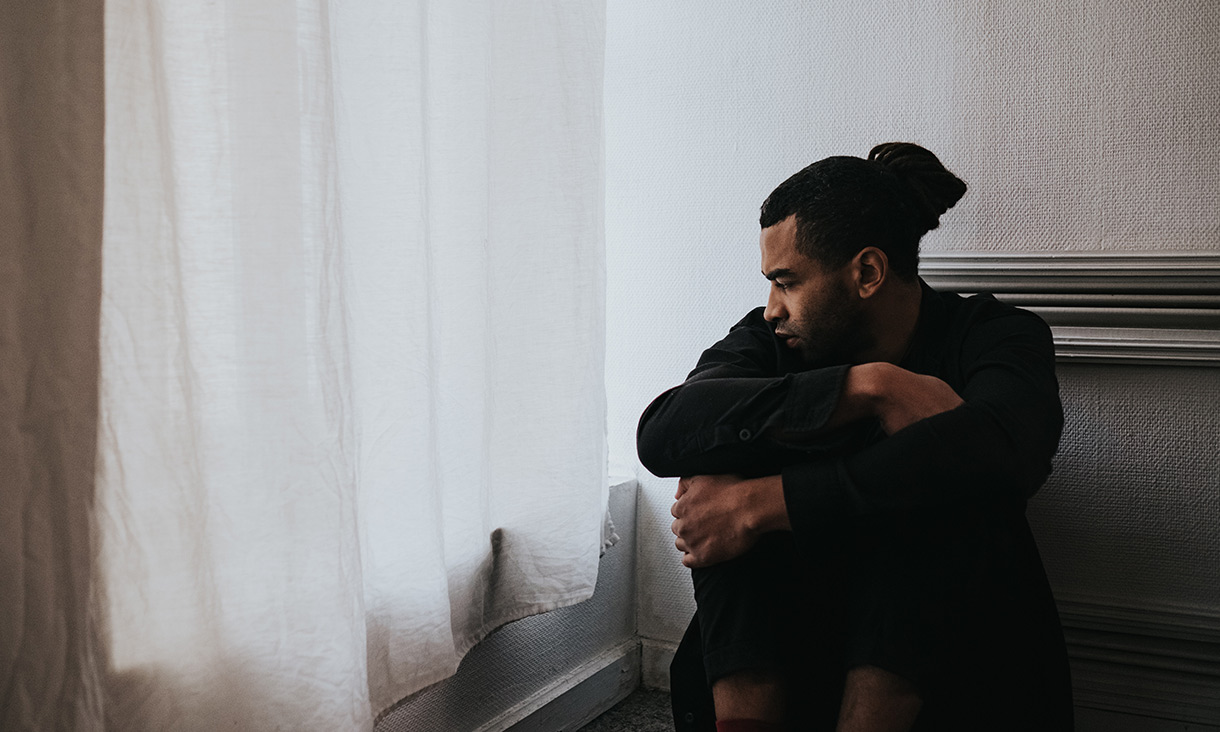One-off cash payments to aged care workers not enough
Following the federal government’s announcement yesterday of a one-off payment to aged care workers, an RMIT expert explains why a bigger solution is needed.
RMIT recognised as top employer for gender equality
RMIT has received the Workplace Gender Equality Agency (WGEA) Employer of Choice for Gender Equality (EOCGE) citation for the fifth consecutive year.
Indigenous education pioneer awarded honorary doctorate
Professor Peter Buckskin has been recognized for his tireless determination in pursuit of education opportunity and excellence for Aboriginal people.
Accessing stable housing after rehab increasingly difficult: research
Too many people in residential treatment for mental health and substance misuse issues face housing insecurity when they leave, new research has revealed.
